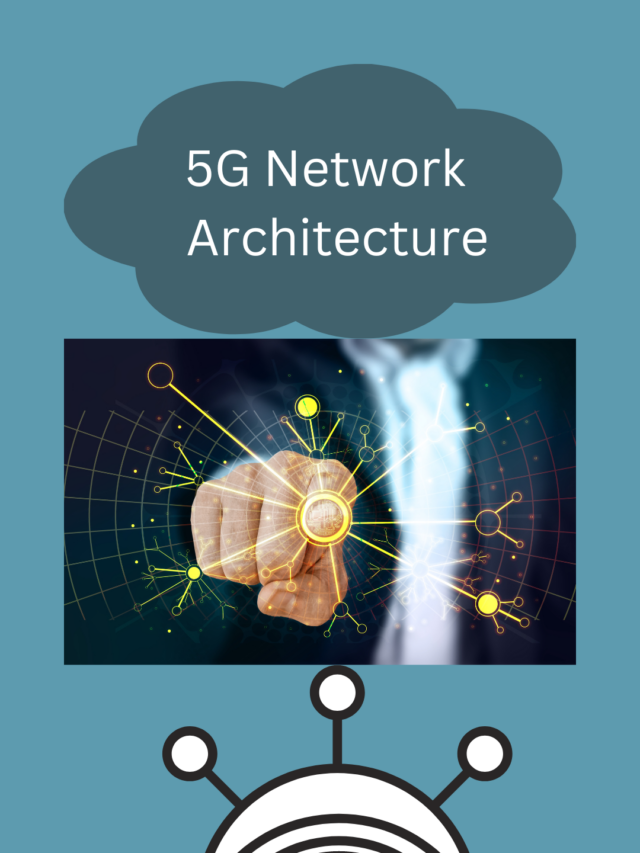What is Web 3.0 (Web3)?
Web 3.0 is known as third generation of internet. It is the next evolution of World Wide Web (WWW). It provides data driven web experience for user based on artificial intelligence and machine learning technology.
Today’s web is kind of static and do not provide personalized and interactive experience to the user. Web 3.0 ensures to be dynamic and interactive with users. It is going to provide amazing web experience with the help of artificial intelligence, machine learning and blockchain technology. It will ensure the fundamental rights of different internet objective.
Personal data security will enhance in web 3.0 by implementing decentralization of data storage using blockchain technology. Means data will be stored in much location instead of string it on centralized location. The risk of data loss will also reduce.
How does Web 3.0 work?
Web 3.0 working principle can be defined as below:
Web 3.0 is decentralized
Currently whole data content are stored in centralized location and controlled by couple of organization. In web 3.0, it is decentralized and the control of content is given to content creator.
Web 3.0 is democratic
Everyone will be having access to everything in web 3.0. There will not be any restrictions for anyone.
Web 3.0 is having native payments support
It uses crypto currency for buy and sells instead of depending on traditional banking systems.
Web 3.0 follows zero trust principle
Power is given to user or content creator. User can trade their content without depending on any third-party agencies.
8 Key features of Web 3.0
Below are 8 key features that can help us define Web 3.0
Semantic Web
The evolution of web is based on Semantic Web. Semantic web enhance the web technologies and provides capability to create, share and connect the content with the help of search and by understanding meaning of word instead of keywords or number.
Artificial Intelligence
The use of artificial intelligence and machine learning along with semantic capability will provide more accurate and most relevant search results.
3D Graphics
3D Graphics designs are used extremely in websites and services in Web 3.0. For example providing museum guide, gamming, ecommerce and many more.
Connectivity
Information will be more connected in Web 3.0. And it is possible due to semantic Meta data architecture.
Ubiquity
The content will be accessible from anywhere with any devices instead of via computer and mobile. Web 2.0 is having certain level of ubiquitous but introduction of IoT devices and connected cars and all will increase the ubiquity level.
Blockchain
Data privacy will increase with the help of blockchain technology. User data will be encrypted and protected from third party agencies.
Decentralized
Data will be stored in distributed data network with peer to peer interconnection. Here, content ownership will remain with content creator. User can easily login in over the internet securely and no one can track them.
Edge Computing
Web 3.0 application and device will be required low latency and for the same reason services should be provided from the network edge. Edge computing deployments and 5G will drive web 3.0 exponentially.
Web 1.0 vs. Web 2.0 vs. Web 3.0
| Web 1.0 | Web 2.0 | Web 3.0 |
| Web 1.0 was created by Tim Berners-Lee in 1989 | Web 2.0 introduced by Tim O’Reilly in 2004 | Evolution of web 3.0 is started by use of blockchain defined by Gavin Wood, co-founder of Ethereum in 2014 |
| Static website content | Dynamic content and user input | Semantic content that can benefit from AI and machine learning |
| Information delivery | Social networks | Metaverse worlds |
| Centralized infrastructure | Cloud based infrastructure that is still largely centralized | Decentralized, edge computing and peer-to-peer |
| Content and application delivery with Relational database | Content and application delivery with Relational database | Blockchain-based distributed services |
What exactly is Web3?
Web 3.0 is known as third generation of internet. It is the next evolution of World Wide Web (WWW). It provides data driven web experience for user based on artificial intelligence and machine learning technology.
Is Web3 same as metaverse?
No. Web3 and metaverse are not same. Web3 is talking about storing data in decentralized manner and ownership reply with user. But metaverse is talking about sharing, collaboration and dealing with others using AR, VR and XR. Please go through the metaverse article for more information.
What is Web 3.0 and its examples?
Wolfram Alpha and Apple’s Siri are two examples of web 3.0 applications. Siri uses speech recognition technology and artificial intelligence for searching and delivering relevant results.
What crypto is Web3?
Crypto currency will be used in web3 for doing any kind of transaction. It will be possible by using blockchain technology. It will remove dependency of third-party agencies.
Is Web 3.0 the future?
Yes. Web 3.0 is the future version and next generation version of World Wide Web. User will be getting lot of benefits from web 3.0.
Why is it called Web3?
The term “Web3” was coined by Polkadot founder and Ethereum co-founder Gavin Wood in 2014, referring to a “decentralized online ecosystem based on blockchain.
How Web 3.0 will benefit our lives?
Web 3.0 can understand user intend by using artificial intelligence and will be providing personalized experience to the user. User will get more specific and relevant results.
